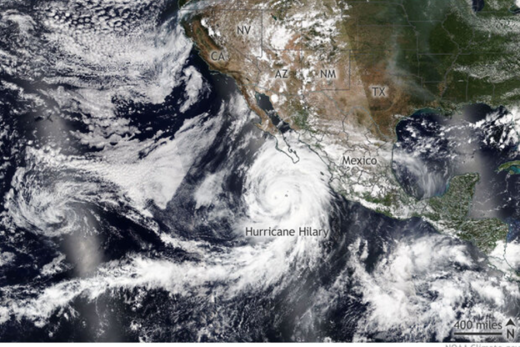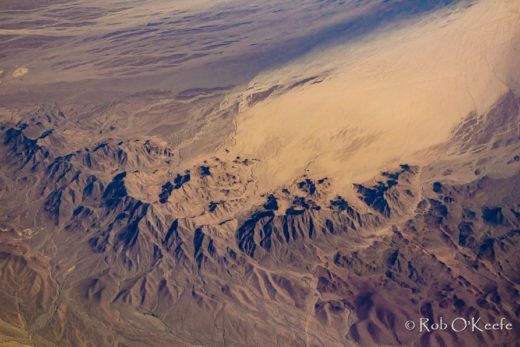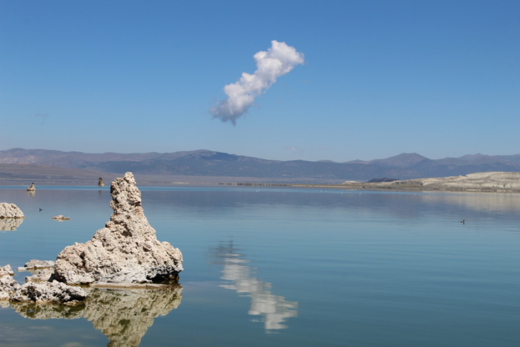Continue north on Alvarado past Beverly and into Historic Filipinotown.
You may not notice many Filipinos here; they represent less than 25% of the neighborhood’s population and their businesses and landscapes are not as obvious as in some other ethnic districts. And there was plenty of debate within the Filipino community about where it should be established and signed in the early 2000s. This is because today’s population of modern Filipinos has been widely dispersed and sometimes concentrated into more renowned California ethnic enclaves such as Chula Vista and Daly City. Still, local activists have been working to shine the spotlight on this district and its cultural history. It is designated here to remember the first Filipinos who farmed this area in the early 1900s. It was then named Little Manila.
After passing Beverly, turn right on Temple, then left on Glendale. (Note how the 101 Freeway represents a dominating barrier that divides these neighborhoods.) To go around Echo Park, turn right on Park and right again on Echo Park Avenue.
Stop #9: Echo Park (751 Echo Park Ave.):
We stop here to examine one of the oldest neighborhoods in L.A., perhaps with the greatest wealth of compelling stories. Original romantic names such as Edendale gradually morphed into the more recent Glendale Corridor to describe how perspectives of a neighborhood can devolve. In 1868, a 20-foot dam was constructed in the canyon to ratify its landscape role as reservoir catch basin. Early 1900s oil operations once polluted this lake (it even caught fire in 1907) that has been dredged and remade over the years, while the surrounding park has experienced various landscape makeovers to better serve the community. The result is this pleasant open space that is so dearly needed and beloved in L.A.
It is suggested that the storied floating lotus patch (perhaps the largest in North America) grew from Chinese seeds cast by missionaries in the 1920s. The annual Echo Park Lotus Festival is held in July when these flowers that are symbols of rebirth, purity, and life in Asian cultures, are in bloom. Asian and Pacific Islander communities converge here with ethnic foods, art, entertainment, and other activities for this festival that was in its 38th year by 2018.

Sun-drenched landscapes in and views from this Echo Park neighborhood became convenient stages and backdrop for the first “Hollywood” movies by 1910. Numerous films that included most of the leading silent screen stars were shot by the many studios that settled here during the next decade. A vibrant art community followed to bolster Echo Park’s mark on the map and radical progressives once earned it the name “Red Hill.” Even flamboyant religious personalities (such as Aimee Semple McPherson and her Foursquare Gospel Church) were drawn here since the 1920s. The neighborhood fell into disrepair during the mid-to-late-1900s, when it earned a reputation as home to crime, gangs, homelessness, and hopelessness. By the early 2000s, gentrification brought an invasion of young professionals with high incomes and high hopes that would rebuild a new stage and write another chapter in Echo Park’s history.
As with other L.A. neighborhoods (such as Silver Lake), it was a subtle start that gained momentum a few decades ago. Eventually, a wave of highly skilled and motivated professionals (“yuppies”) who could afford high rents and mortgages were competing with working class families for space. They moved in with the cash required to renovate some of L.A.’s finest Victorian homes to their original splendor. In yet another saga of there goes the neighborhood, high-end coffee and specialty shops and clubs followed, along with the gourmet food options that offered the icing on the cake.
For a short time, these neighborhood improvement forces created an amazingly eclectic mix of incomes, households, ethnic groups, and cultures. Soon, pierced and tattooed hipster singles and couples had replaced the poverty and gangs, while displacing the very service workers that help make a community functional. After years of hand-wringing, mobilizing, and a lot of revolutionary talk about providing affordable housing, the results have been predicable: dramatically inflated living costs that most Americans could not even fathom.

But, the beat went on and so did the movies, such as “Quinceanera”, a 2006 independent film that won numerous awards. Sometimes called a “love letter to Echo Park”, it featured Latino characters and stories that are less common in today’s hyper-gentrified neighborhood. Enjoy the fountain that dates back to 1984, another example of how Angelenos have found ways to build waterscapes that demonstrate their disregard for water shortages so common in this Mediterranean climate.









